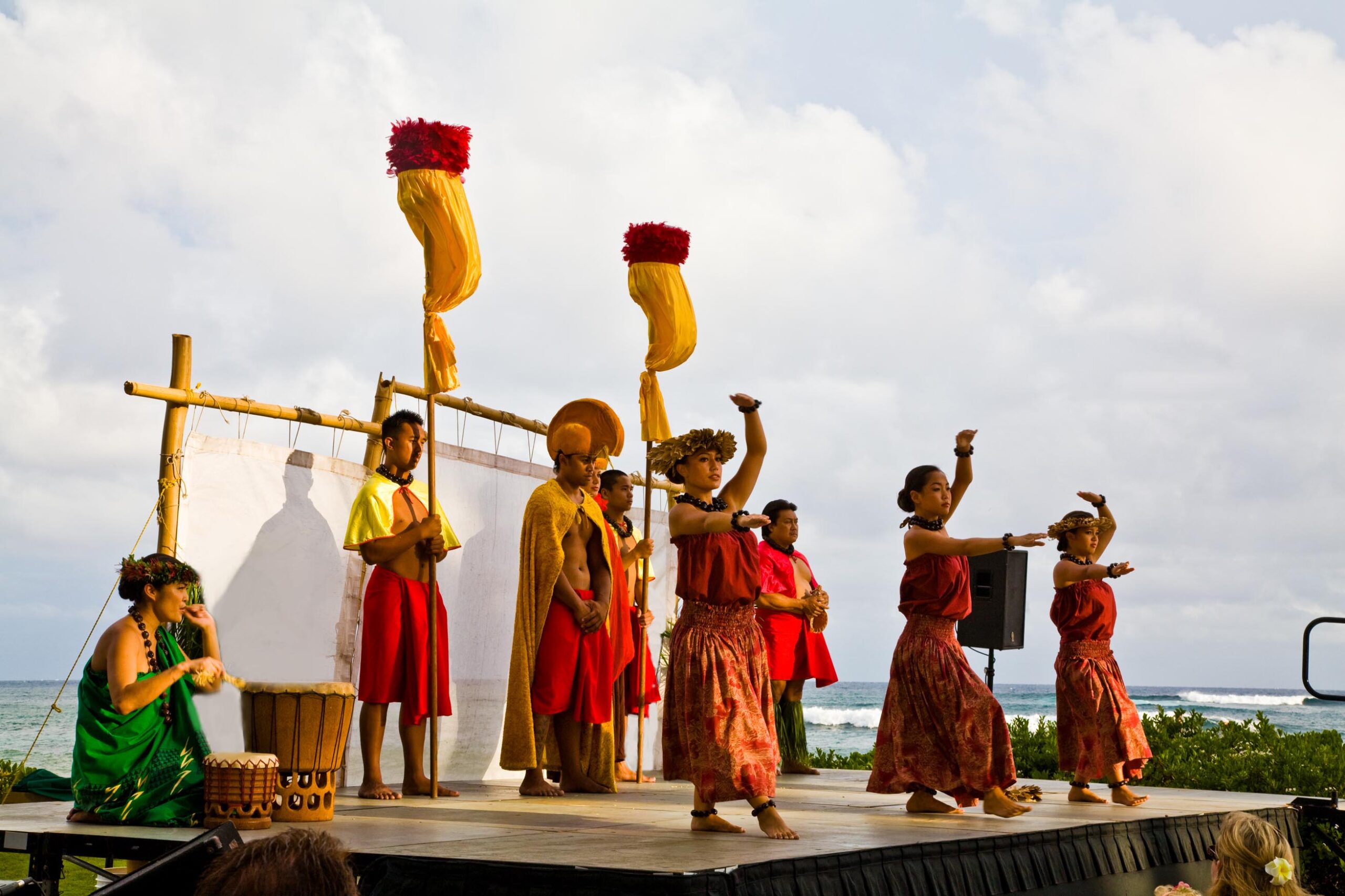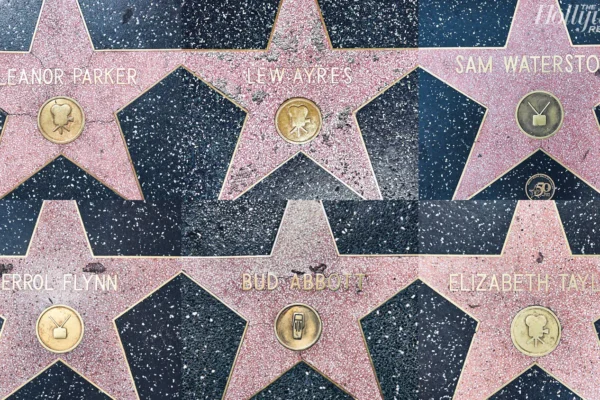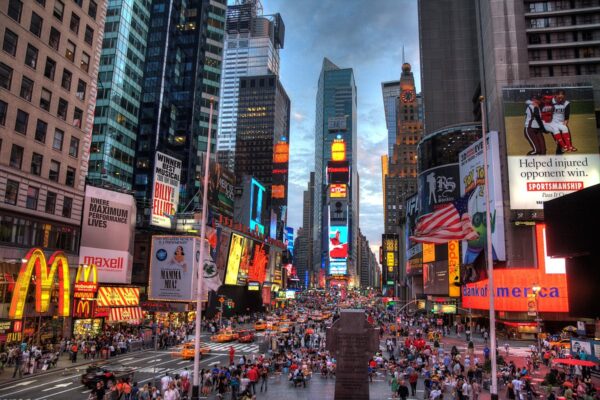Tourism can be a powerful tool for cultural exchange, allowing visitors to learn about traditions, history, and ways of life different from their own. However, in many cases, historical sites and popular attractions have crossed the line from respectful education into cultural insensitivity — or even exploitation. Whether through inaccurate portrayals, the commercialization of sacred traditions, or the erasure of painful histories, these sites misrepresent local cultures, often prioritizing profit over truth.
1. Hawaiian Luaus and Cultural Commodification
Hawaii is famous for its tropical beauty and commercialized luaus — elaborate dinner shows marketed to tourists. While these performances are colorful and entertaining, they often oversimplify or distort Hawaiian culture for commercial gain. Real Hawaiian history, including the devastating impacts of colonization, land dispossession, and cultural suppression, is rarely mentioned. Instead, tourists are presented with a sanitized, romanticized version of Polynesian culture, packaged to fit Western expectations.
2. The Pyramids of Giza, Egypt
The Great Pyramids are among the most iconic historical sites in the world, yet their management often leaves visitors with a skewed understanding of Egyptian culture. Instead of offering meaningful education about ancient Egyptian engineering, spirituality, or the lives of the workers who built the pyramids, the experience is frequently reduced to haggling over camel rides and dodging aggressive souvenir vendors. Additionally, the constant commercial pressure detracts from the site’s spiritual and historical significance, turning a wonder of the world into a chaotic marketplace.
3. Native American Stereotypes at U.S. Tourist Sites
In the United States, many attractions that claim to showcase Native American history instead promote outdated stereotypes. From caricatured “Indian Villages” at amusement parks to gift shops selling cheap, culturally inaccurate souvenirs, these sites often fail to represent the diverse and complex cultures of Indigenous tribes. Worse, some historical sites gloss over or entirely omit the painful legacy of forced removals, violence, and broken treaties that shaped Native American history.
4. Human Zoos and Dark Legacies
Though essentially a relic of the colonial past, the legacy of so-called “human zoos” still lingers in parts of the tourism industry. In some parts of Africa and Southeast Asia, villages are staged for tourists, with locals expected to perform “traditional” customs on demand — sometimes reduced to wearing outdated clothing or posing for photos. This voyeuristic approach treats living cultures as static museum exhibits rather than evolving, modern communities.
5. Slavery Tourism in the Caribbean
Historical sites tied to slavery, like plantations across the Caribbean, sometimes present troubling narratives. Rather than honoring the lives and suffering of enslaved people, some plantations have been repackaged as romantic wedding venues or luxury resorts, erasing painful histories in favor of palatable experiences for tourists. This whitewashing dishonors the memory of those who endured unimaginable suffering on these lands.
Final Thoughts
Tourism should be a bridge to understanding, not a tool for exploitation or erasure. As travelers, we are responsible for questioning the narratives we’re presented with and seeking ethical, culturally sensitive experiences. By supporting community-led tourism initiatives, learning directly from local voices, and rejecting stereotypical or exploitative attractions, we can help ensure that cultural tourism uplifts rather than distort the people and places we visit. Respectful tourism benefits everyone — travelers, hosts, and future generations alike.






